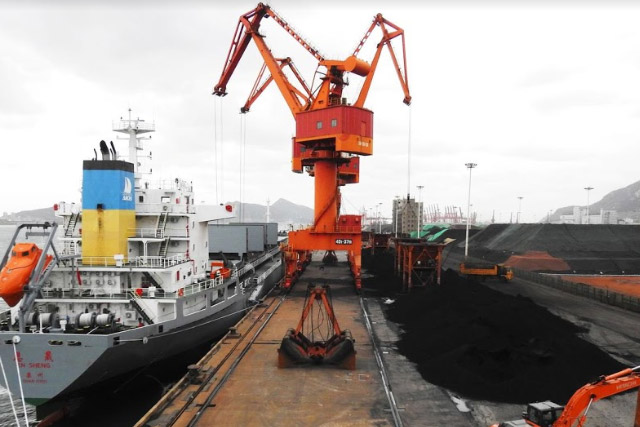Australia’s Queensland coal ports are relaxing Covid-19 restrictions on international workers, as ship queues are shrinking and the mining industry is searching for ways to promote access to the marine sector as it faces an expected period of prolonged lower demand.
In response to the coronavirus, the Australian Government announced in mid-March that the incoming crew must remain on board until at least 14 days have elapsed since they embarked. Some of these restrictions were eased in some ports later in March, and they have now begun to be further relaxed. Queensland ports have removed additional controls on crew arriving from China and South Korea, while Gladstone is to further ease the quarantine period of 14 days from 15 May.
The move is designed to ease the pressure on the trade in marine coal. Canberra is keen to support Australia’s coal industry, which is competing with other coal exporting nations, to maintain market share between the declining demand for thermal and coking coal as a result of the pandemic.
The throughput remains below average at the two largest of the four major coal export terminals in Queensland, with the Dalrymple Bay Coal Terminal (DBCT) and Gladstone both operating at low annualized rates for the first 11 days of May.
The 85mn t / yr capacity of DBCT loaded vessels with a dead weight tonnage (dwt) of 1,88mn dwt, which means an annualized average of about 67,6mn dwt / yr, down from 75,3mn dwt / yr in May 2019 and for the whole of 2019. It was 64.2mn dwt / yr in April, but the port continues to run below 2019-average performance for every month of this year.
The 102mn t / yr Gladstone port, which had a better start to 2020 than the DBCT port, had a sluggish start to May. It was running at an annualized rate of 73mn dwt / yr in the first third of the month, down from 81.1mn dwt / yr in May 2019 and 86.7mn dwt in the whole of 2019.
The drop in throughput coincided with a drop in the size of the queues off all Queensland ports as demand eased. The queue outside the neighboring ports of Hay Point and DBCT fell to 29 vessels today from 55 to 23 March. The queue at Gladstone fell to a lower-than – average six from 25 and at Abbot Point to three from 10 on the same comparison, with queues at all ports, except the BHP-operated Hay Point, now below average.
DBCT set the shipping target at an annualized rate of 68.57mn t / yr in May but shipped at a rate of 58.9mn t / yr on the first 12 days of the month, according to port data. The port shipped 4.94mn in April. This is an annualized average of 60.1mn t / yr.



































